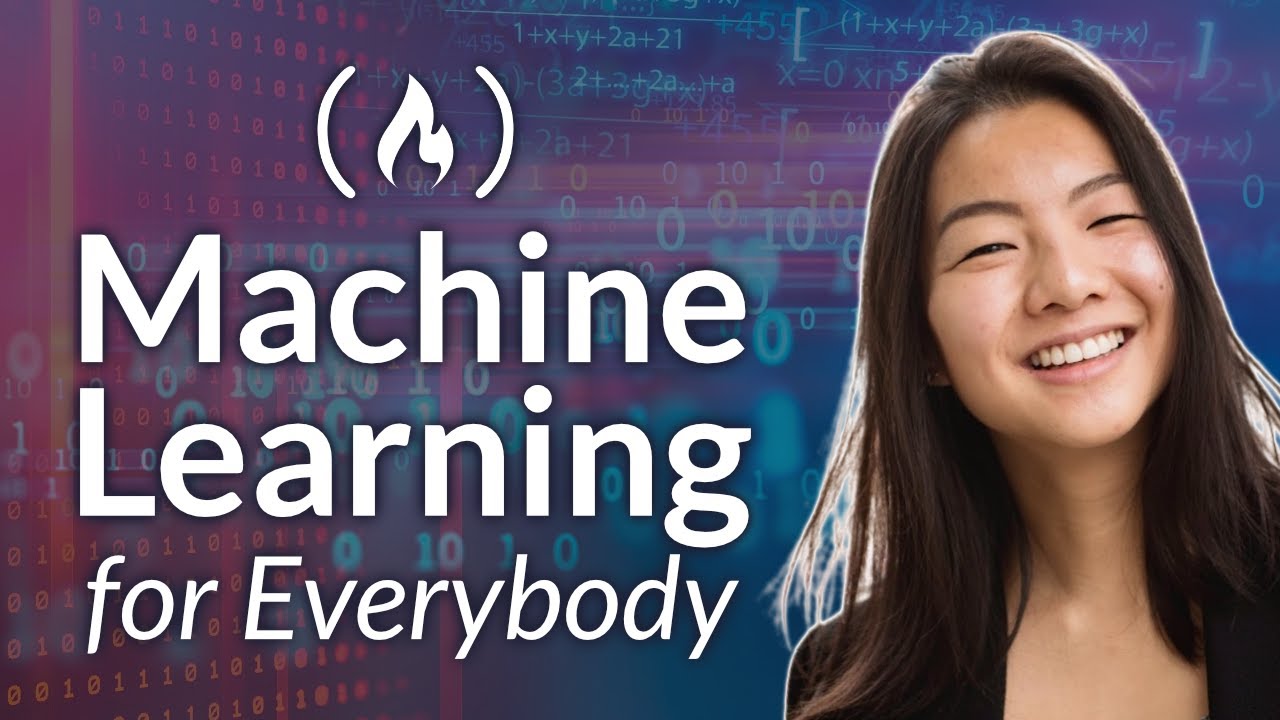This Machine Learning course provides a comprehensive introduction to the field, starting with an overview of data and Google Colab, a platform used for writing and executing Python in the browser. The course is designed to be interactive and practical, allowing learners to gain hands-on experience through real-world examples and projects.
Module 1: Introduction to Machine Learning
Section 1: Overview of Data and Google Colab
The first part of this course provides a foundational understanding of data and introduces Google Colab, a powerful platform for writing and executing Python code in the browser. Learners will learn how to manipulate data using Google Colab’s built-in features, including creating and editing notebooks.
Section 2: Introduction to Machine Learning
In this section, learners are introduced to the fundamental concepts of machine learning. The course begins with an overview of what machine learning is, its importance in today’s data-driven world, and how it differs from traditional programming approaches. Learners will also explore the types of machine learning tasks, such as supervised and unsupervised learning.
Section 3: Machine Learning Workflow
The course then delves into the machine learning workflow, covering the steps involved in building and evaluating a machine learning model. This includes data collection, preprocessing, feature selection, model training, evaluation, and deployment. Learners will learn how to apply these steps effectively to real-world problems.
Module 2: Machine Learning Basics
Section 4: Features and Labels
This section focuses on understanding the core components of machine learning, starting with features and labels. Learners will learn how to identify and extract relevant features from raw data, as well as how to define labels for supervised learning tasks.
Section 5: Supervised vs Unsupervised Learning
Learners are introduced to the two main types of machine learning: supervised and unsupervised learning. The course explains when to use each type based on the availability of labeled data and the nature of the problem at hand.
Section 6: Basic Machine Learning Algorithms
This section covers several fundamental algorithms, including K-Nearest Neighbors (KNN), Naive Bayes, Logistic Regression, and Support Vector Machines (SVM). Each algorithm is explained in detail, with a focus on how it works and when to use it. Practical implementation sessions are provided for each algorithm.
Section 7: Data Preprocessing
Data preprocessing is a critical step in the machine learning pipeline. Learners will learn about common data cleaning techniques, such as handling missing values, encoding categorical variables, and normalizing or standardizing numerical data. These steps ensure that the data is suitable for training machine learning models.
Module 3: Machine Learning Algorithms
Section 8: K-Nearest Neighbors (KNN)
The K-Nearest Neighbors algorithm is a simple yet effective classification method. Learners will understand how KNN works, its advantages, and limitations. Practical implementation using Python’s scikit-learn library is provided to reinforce the concepts.
Section 9: Naive Bayes
Naive Bayes is a probabilistic classifier based on Bayes’ theorem with strong independence assumptions between features. This section explains the theory behind Naive Bayes and demonstrates its application through real-world examples.
Section 10: Decision Trees and Random Forests
This section covers decision trees, a popular supervised learning method used for both classification and regression tasks. Learners will learn how to build decision trees, prune them to avoid overfitting, and use ensemble methods like random forests for improved performance.
Module 4: Neural Networks and Deep Learning
Section 11: Introduction to Neural Networks
The course introduces neural networks as a powerful extension of traditional machine learning algorithms. Learners will learn about the structure of neural networks, including layers and neurons, and how they can be used for various tasks such as classification and regression.
Section 12: TensorFlow Basics
TensorFlow is an open-source framework widely used for building and training machine learning models. This section provides a basic introduction to TensorFlow, covering its core concepts, tensors, and operations. Learners will learn how to use TensorFlow in their machine learning projects.
Module 5: Building Machine Learning Models
Section 13: Building Classification Neural Networks
This section focuses on building neural networks for classification tasks using TensorFlow. Learners will go through the process of designing, training, and evaluating a classification neural network, with practical examples provided.
Section 14: Linear Regression
Linear regression is a fundamental statistical method used to model the relationship between variables. The course covers linear regression in detail, including its assumptions, implementation, and evaluation metrics.
Module 6: Advanced Machine Learning Techniques
Section 15: Regularization Methods
Regularization techniques are essential for preventing overfitting in machine learning models. Learners will learn about L1 and L2 regularization methods and how to apply them effectively.
Section 16: Hyperparameter Tuning
Hyperparameter tuning is a crucial step in optimizing machine learning models. The course covers various hyperparameter tuning strategies, such as grid search and random search, and their implementation using tools like scikit-learn’s GridSearchCV.
Module 7: Real-World Applications
Section 17: Case Studies and Projects
The final part of the course involves applying the learned concepts to real-world problems through case studies and projects. Learners will work on end-to-end machine learning projects, from data collection and preprocessing to model deployment and evaluation.
Conclusion
This Machine Learning course is designed to provide a comprehensive understanding of the field, with a focus on practical implementation and hands-on experience. By the end of the course, learners will be equipped with the knowledge and skills needed to build and evaluate machine learning models for various applications.
